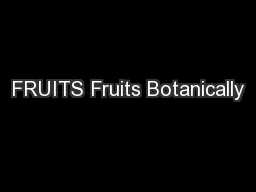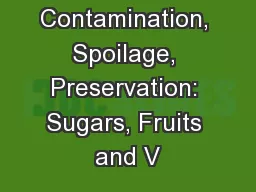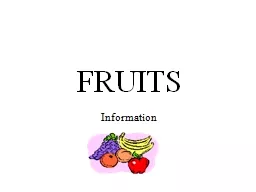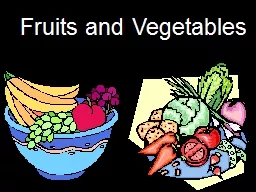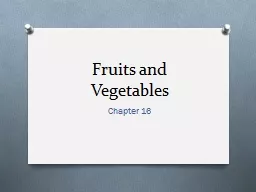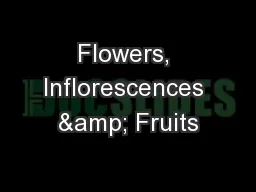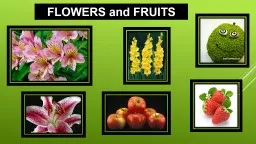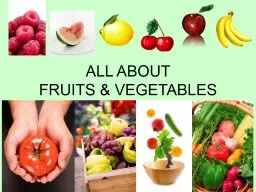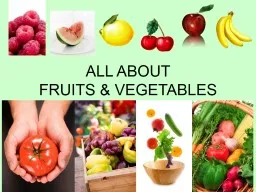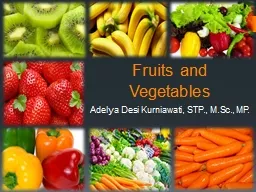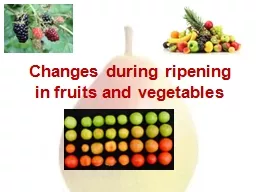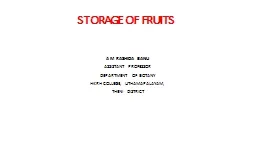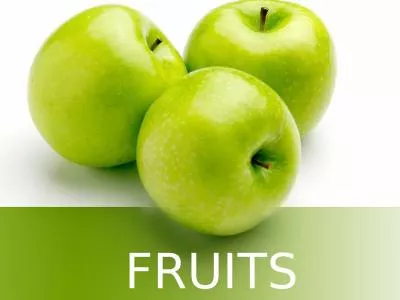PPT-FRUITS Fruits Botanically
Author : celsa-spraggs | Published Date : 2018-12-13
A fruit is an organ that develops from a flowering plant and contains one or more seeds Culinary A fruit is a perfect snack food basis of a dessert colorful sauce
Presentation Embed Code
Download Presentation
Download Presentation The PPT/PDF document "FRUITS Fruits Botanically" is the property of its rightful owner. Permission is granted to download and print the materials on this website for personal, non-commercial use only, and to display it on your personal computer provided you do not modify the materials and that you retain all copyright notices contained in the materials. By downloading content from our website, you accept the terms of this agreement.
FRUITS Fruits Botanically: Transcript
Download Rules Of Document
"FRUITS Fruits Botanically"The content belongs to its owner. You may download and print it for personal use, without modification, and keep all copyright notices. By downloading, you agree to these terms.
Related Documents

